The aesthetics of blur, which began in the 18th century, emerged after the Second World War as a means of expressing a world of instability and blurred visibility, in opposition to classical rigidity. Faced with the range of possibilities open to them, artists proposed new approaches in a variety of media, making transience, disorder, movement, the unfinished and doubt their subject matter. From Edvard Munch to Mark Rothko and Gerhard Richter, the blur is both a symptom and a remedy for a world in search of meaning.
The book takes the blur as a key to an entire section of modern and contemporary art, and brings together contributions from curators, art historians, philosophers and ophthalmologists, each of whom, through their own eyes, questions the place of the blur in artistic production from 1945 to the present day. Through a richly illustrated corpus of paintings, videos, photographs and installations, Dans le flou initiates a dialogue between a diversity of works.
Like the exhibition, the book is thematic rather than chronological. An introductory section is devoted to the aesthetic roots of vagueness in the 19th and turn of the 20th centuries, following the intellectual, scientific, societal and artistic upheavals with which Impressionism grew up. The book is then organized into three main sections, combining paintings, videos and photographs. After an exploration of the limits of perception in “At the frontiers of the visible”, “The erosion of certainties” approaches blurring from a historical and political angle, questioning the memory and status of images in the light of the tragic episodes that have punctuated our contemporary history. This recourse to the blurring of images goes beyond the collective dimension, however: it takes on a poetic, even dreamlike character when it touches on the question of identity and “praises the indistinct”. An epilogue opens the piece, questioning the possibility of a re-enchantment of the world, in response to artist Mircea Cantor's trembling affirmation of “unpredictable future”.
The aesthetics of blur, which began in the 18th century, emerged after the Second World War as a means of expressing a world of instability and blurred visibility, in opposition to classical rigidity. Faced with the range of possibilities open to them, artists proposed new approaches in a variety of media, making transience, disorder, movement, the unfinished and doubt their subject matter. From Edvard Munch to Mark Rothko and Gerhard Richter, the blur is both a symptom and a remedy for a world in search of meaning.
The book takes the blur as a key to an entire section of modern and contemporary art, and brings together contributions from curators, art historians, philosophers and ophthalmologists, each of whom, through their own eyes, questions the place of the blur in artistic production from 1945 to the present day. Through a richly illustrated corpus of paintings, videos, photographs and installations, Dans le flou initiates a dialogue between a diversity of works.
Like the exhibition, the book is thematic rather than chronological. An introductory section is devoted to the aesthetic roots of vagueness in the 19th and turn of the 20th centuries, following the intellectual, scientific, societal and artistic upheavals with which Impressionism grew up. The book is then organized into three main sections, combining paintings, videos and photographs. After an exploration of the limits of perception in “At the frontiers of the visible”, “The erosion of certainties” approaches blurring from a historical and political angle, questioning the memory and status of images in the light of the tragic episodes that have punctuated our contemporary history. This recourse to the blurring of images goes beyond the collective dimension, however: it takes on a poetic, even dreamlike character when it touches on the question of identity and “praises the indistinct”. An epilogue opens the piece, questioning the possibility of a re-enchantment of the world, in response to artist Mircea Cantor's trembling affirmation of “unpredictable future”.
Hardcover, 19 x 25.5 cm
288 pages
80 artists
Around 150 works and documents
Editorial direction
Claire Bernardi and Émilia Philippot
Copublished with the Musée de l'Orangerie
Texts (in French)
David Anfam, curator, author and art historian, specialist in Abstract Expressionism
Claire Bernardi, general curator, director of the Musée de l'Orangerie
Jean-Pierre Cléro, professor emeritus at the University of Rouen (ERIAC) and member of the Bentham Center . Sciences Po - Paris
Jean-Pierre Criqui, curator of contemporary collections at the Musée National d'Art Moderne (Centre Pompidou) and editor-in-chief of Cahiers du Mnam
Marc Donnadieu, researcher, teacher, art critic and independent curator
Michel Gauthier, curator at the Musée National d'Art Moderne (Centre Pompidou)
Peter Geimer, Director of the German Center for Art History in Paris
Mikael Askil Guedj, doctor of medical sciences, teacher and eye surgeon
Anne-Cécile Guilbard, Professor of 20th-century French literature and image aesthetics at the University of Poitiers, France
Pauline Martin, Director of the Musée suisse de l'appareil photographique (Vevey)
Clélia Nau, professor of aesthetics and art history at Paris Cité University
Émilia Philippot, chief curator, assistant to the director of studies at the Institut national du patrimoine (France)
Griselda Pollock, Emeritus Professor of Social and Critical Histories of Art, University of Leeds
Jean-Rémi Touzet, curator of painting at the Musée d'Orsay
Jean-Charles Vergne, director of the Frac Auvergne from 1996 to 2023, curator and author of numerous books on contemporary art
Exhibitions
Musée de l'Orangerie, Paris
April 30 - August 18, 2025
Caixa Foundation, Madrid
September 18 2025 - April 5 2026
Caixa Foundation, Barcelona
May 12 - September 27, 2026
Link to the video bookflip


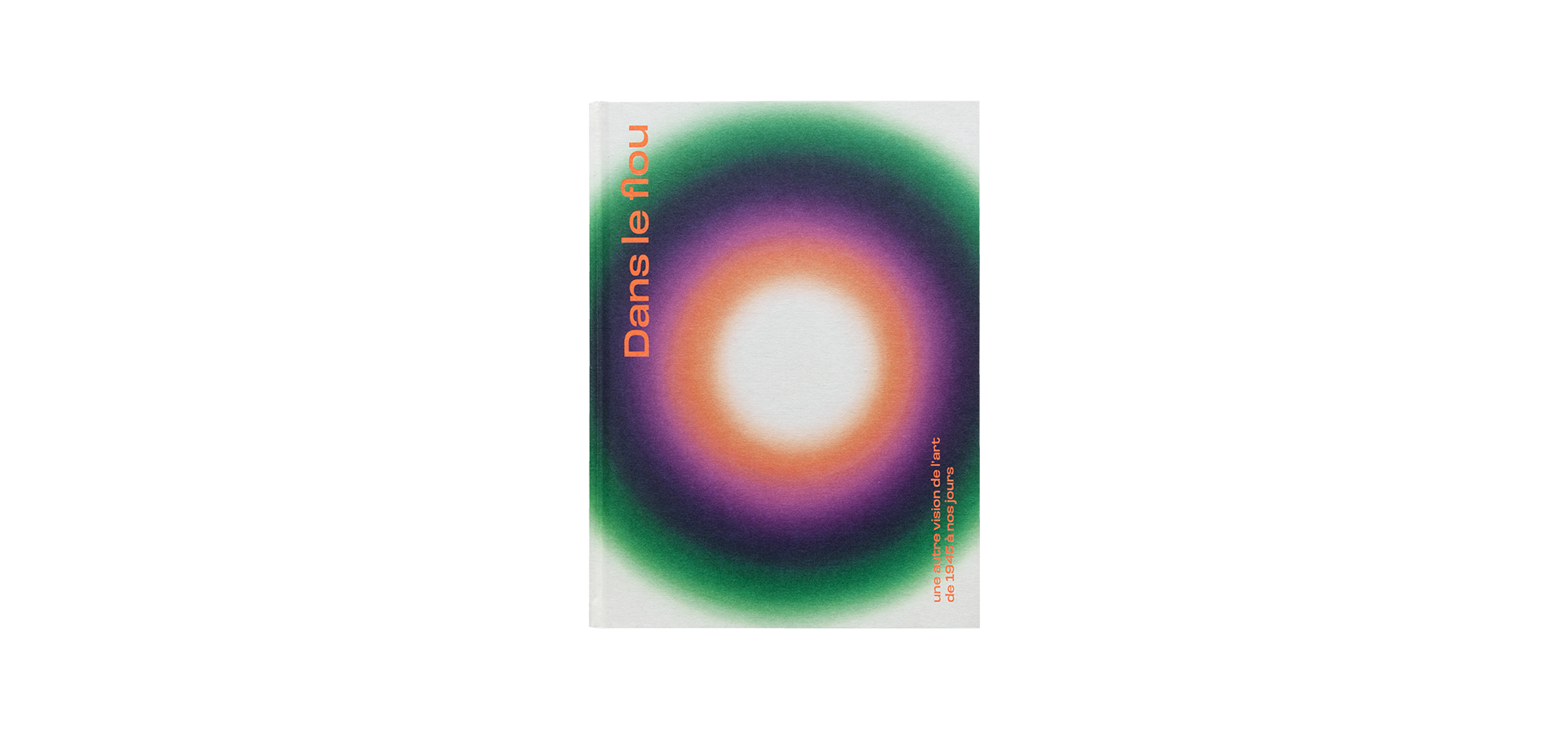

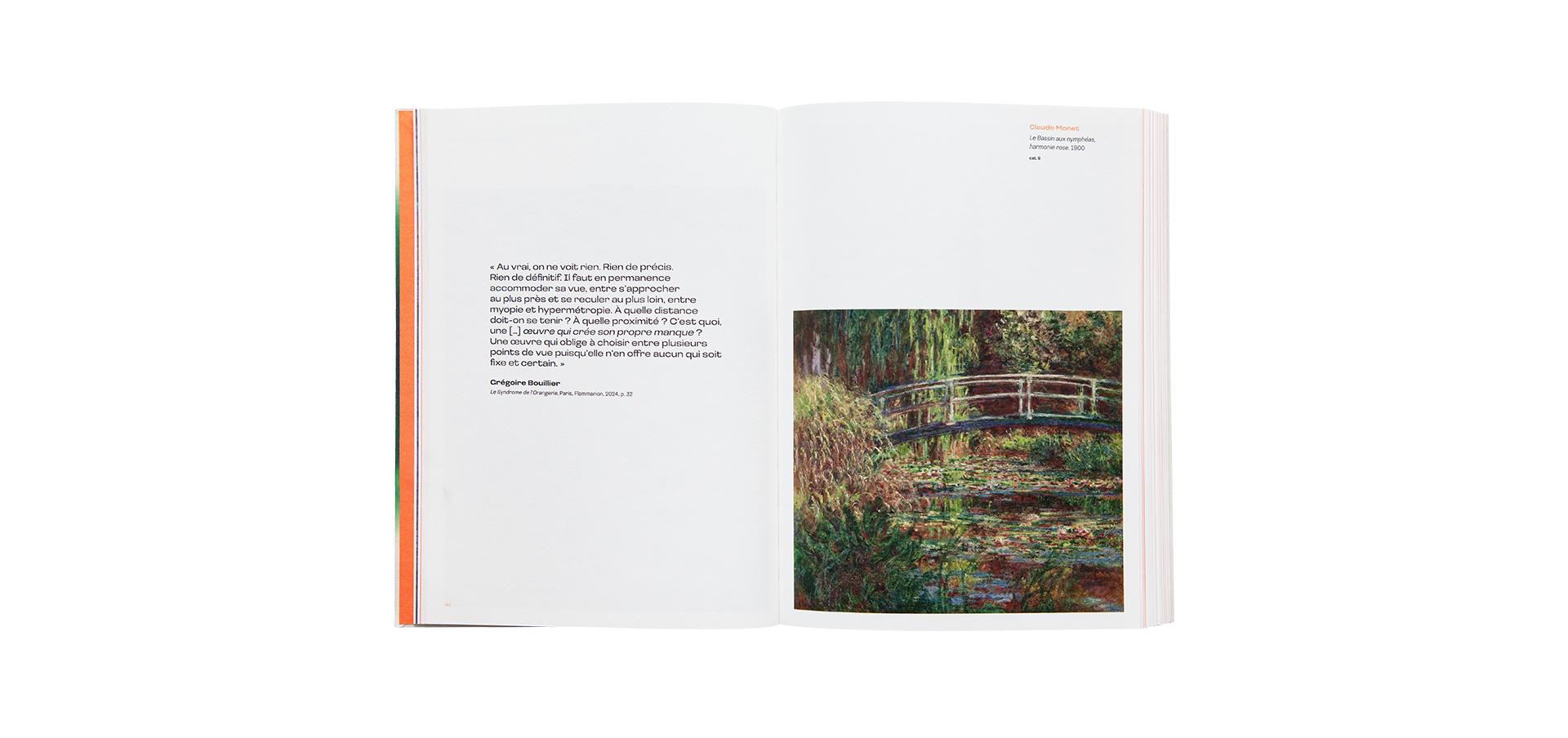
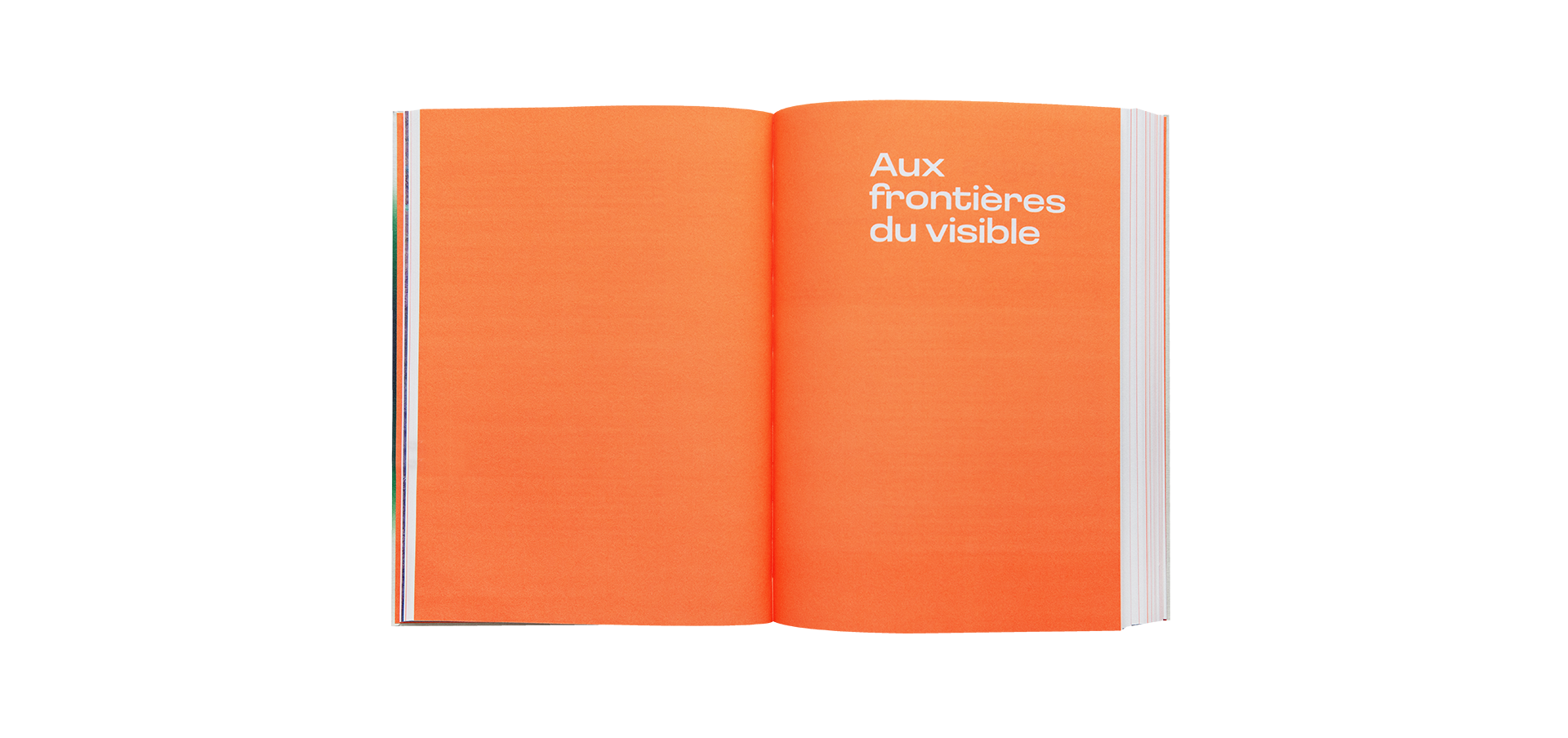
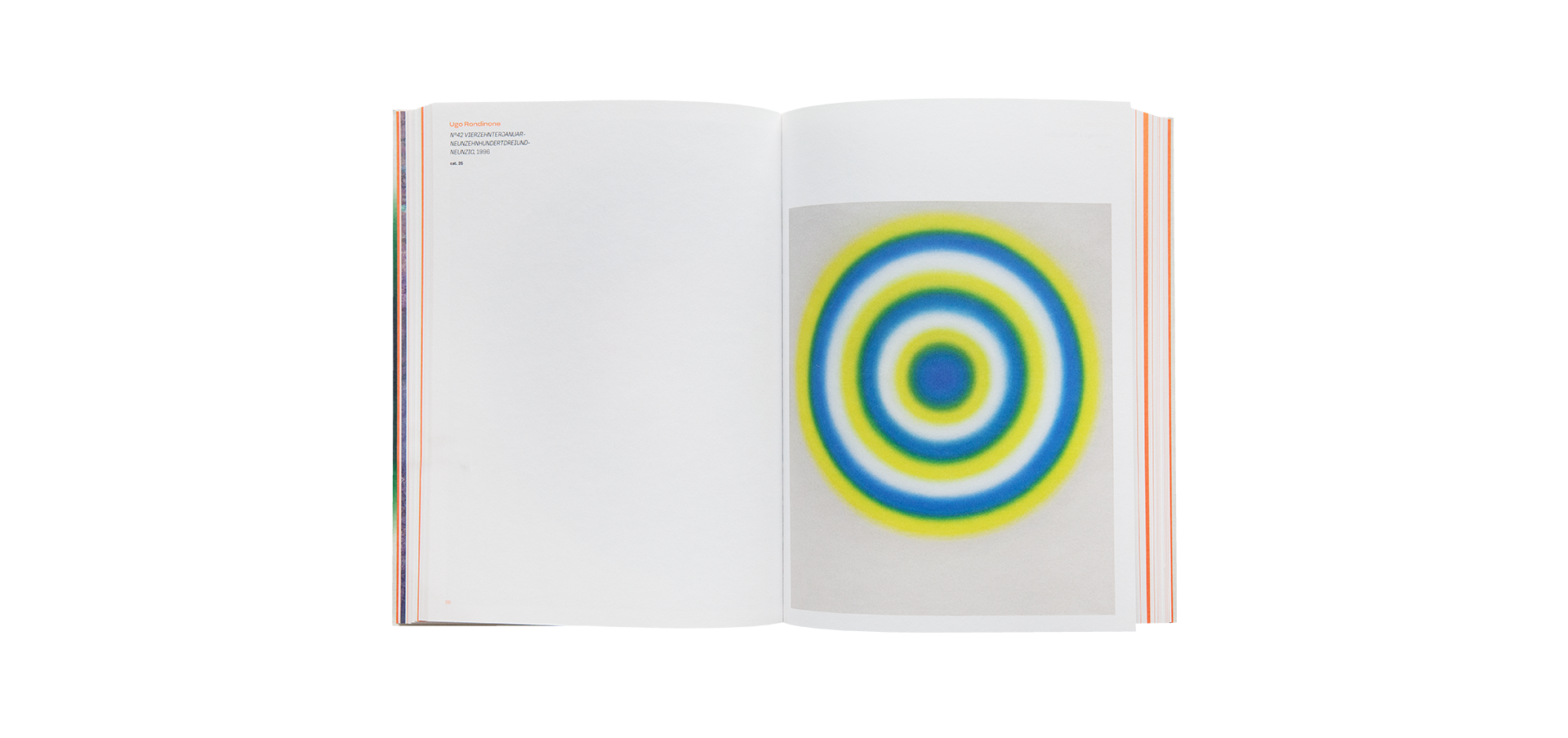
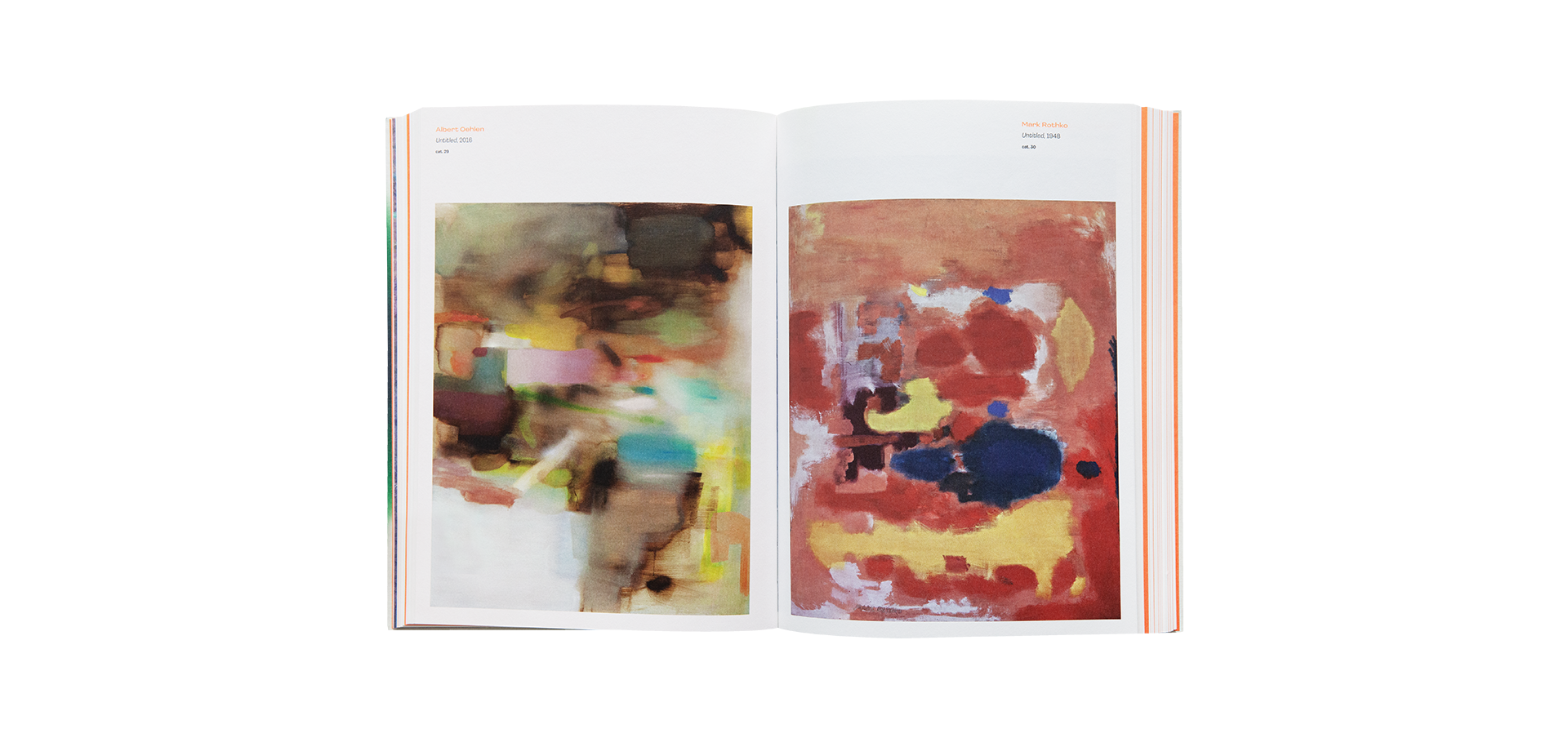
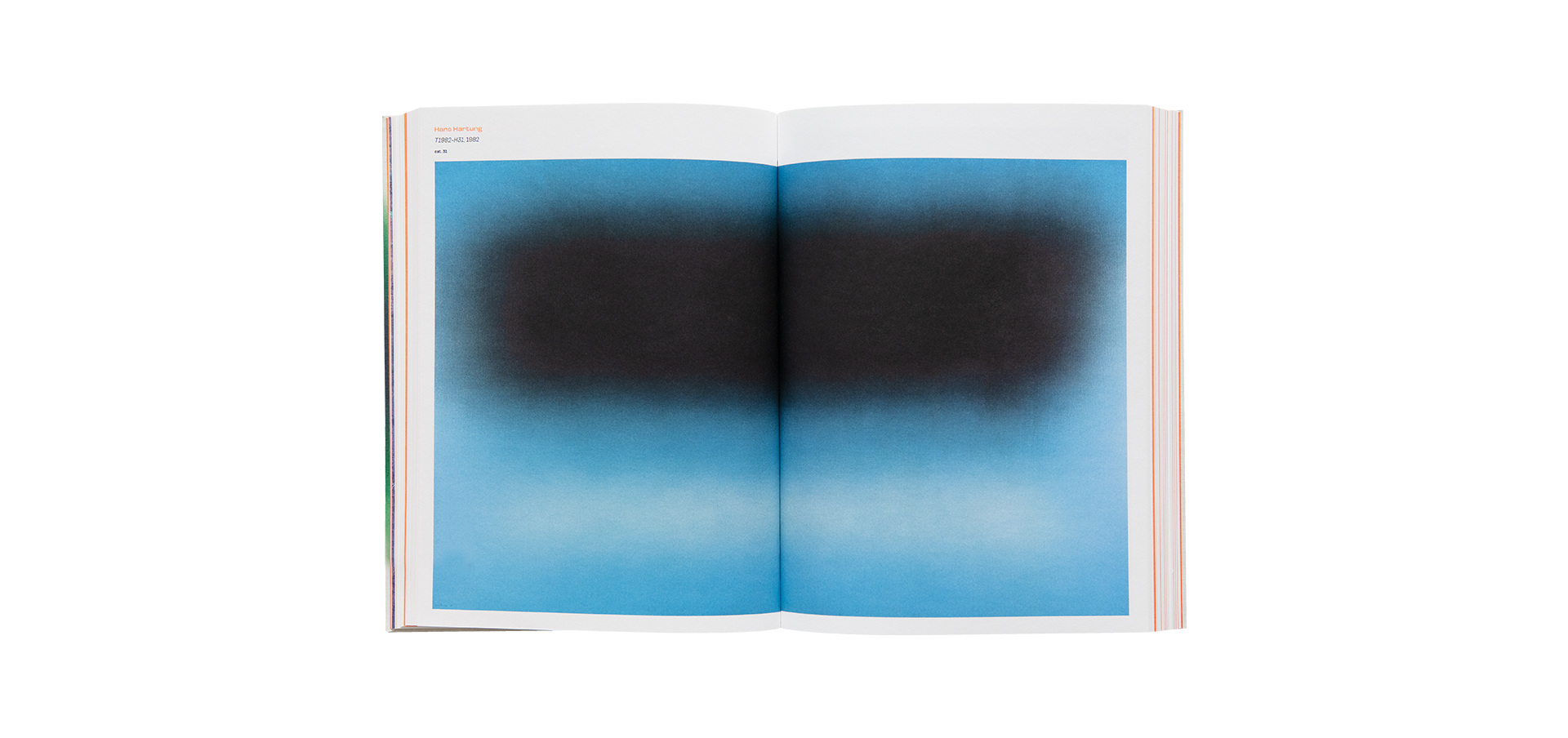

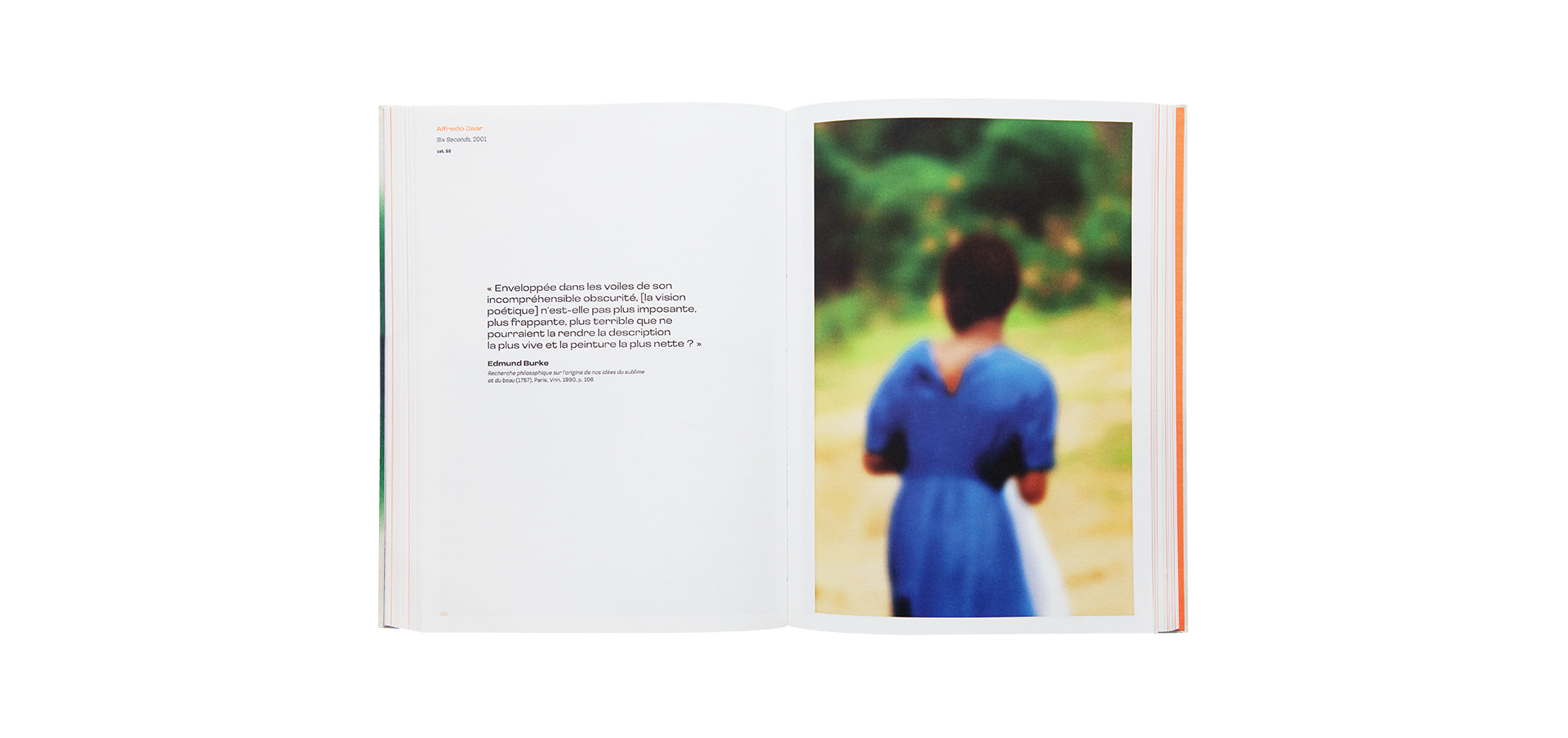
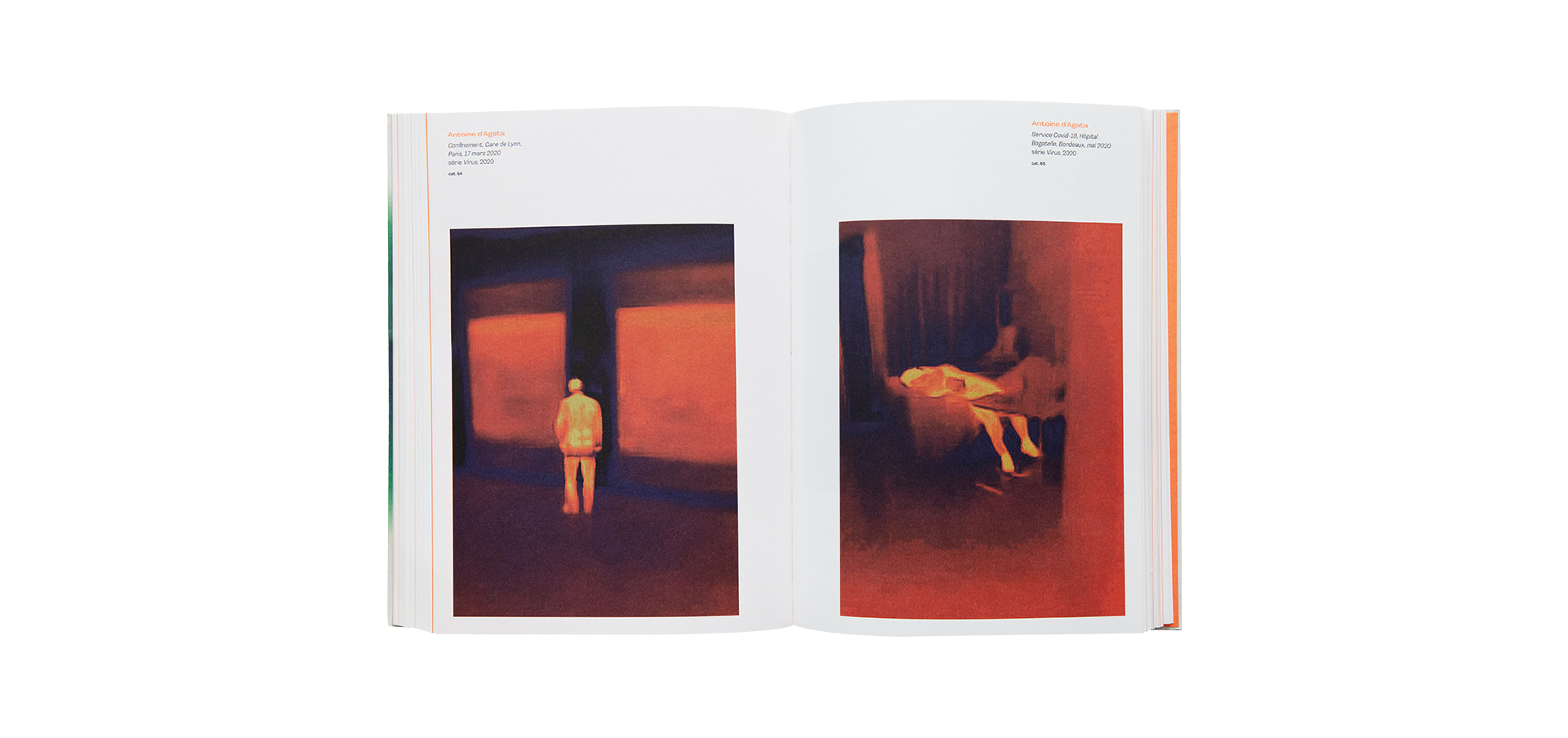
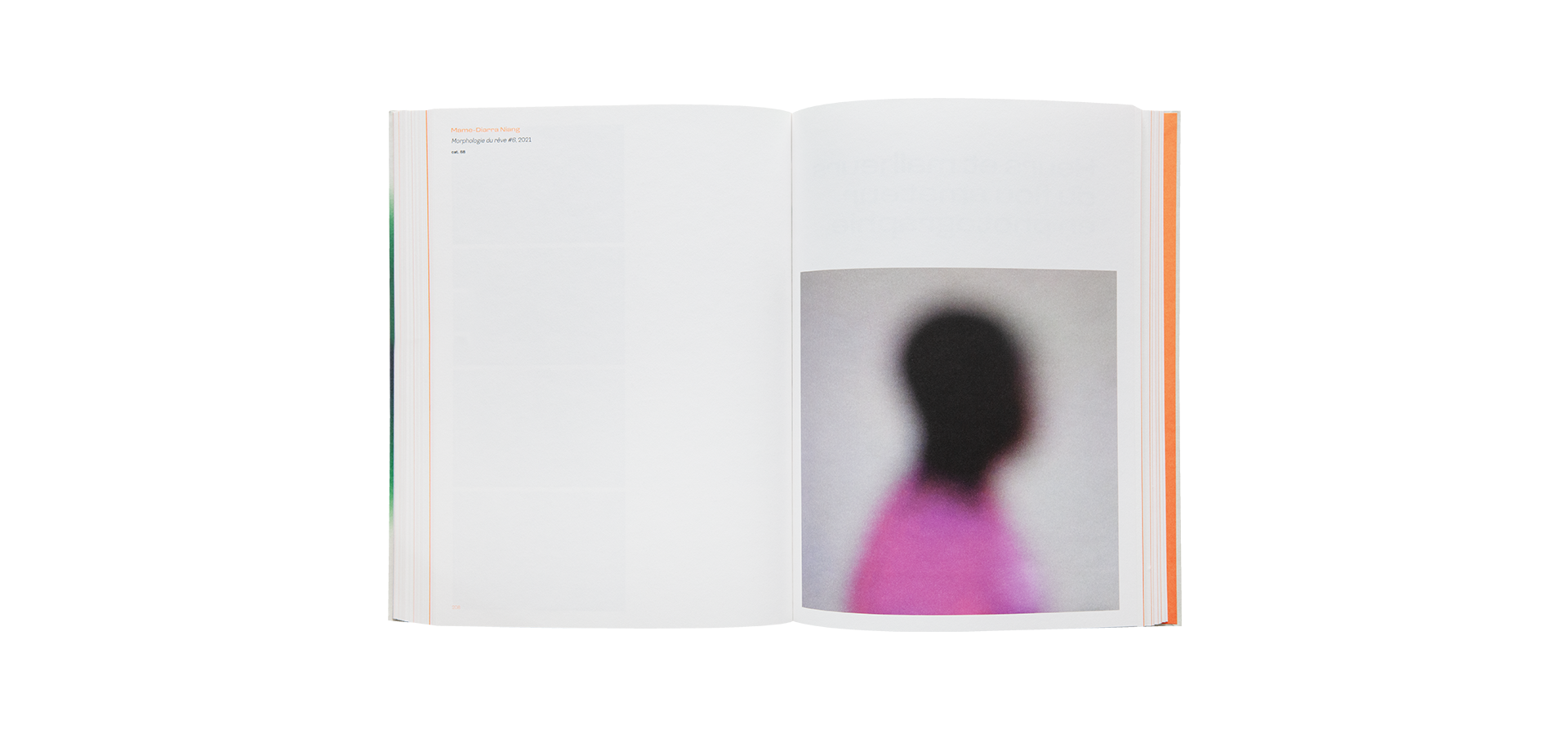
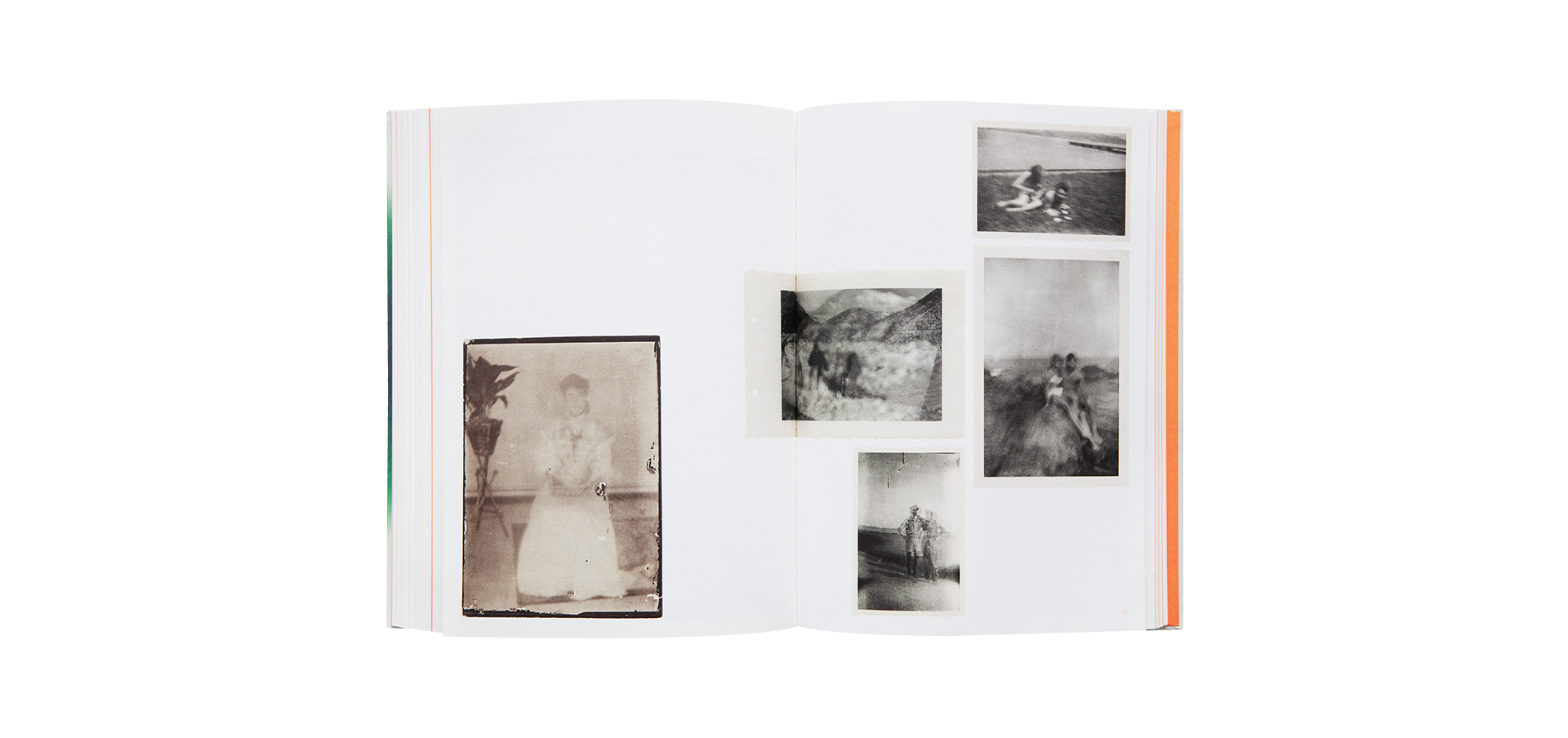
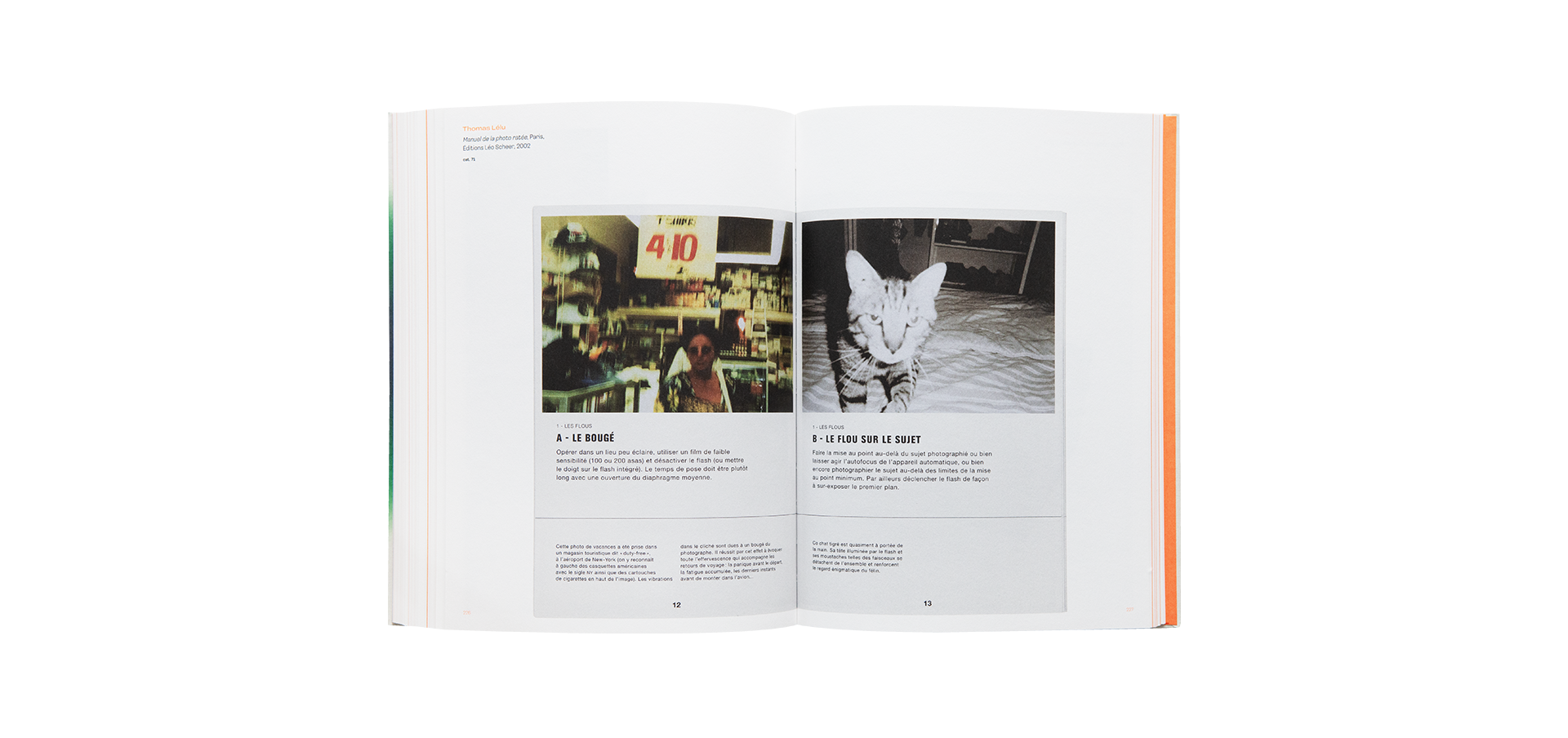

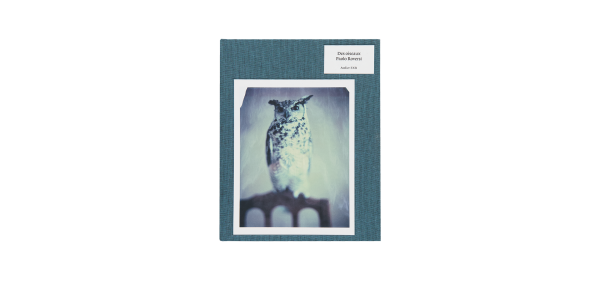
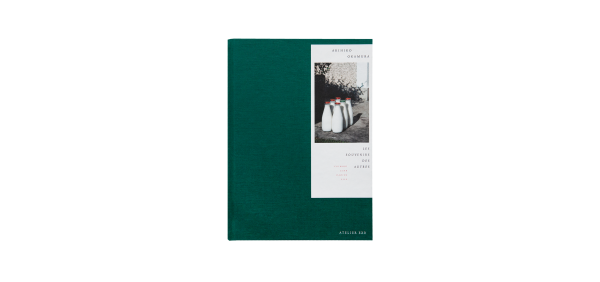
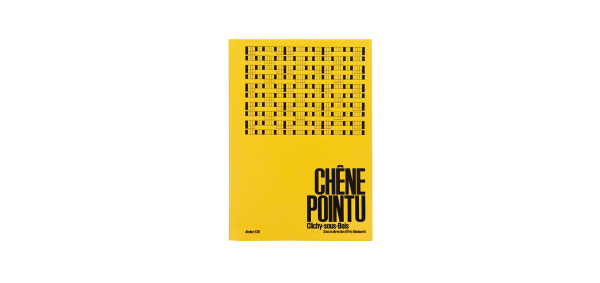
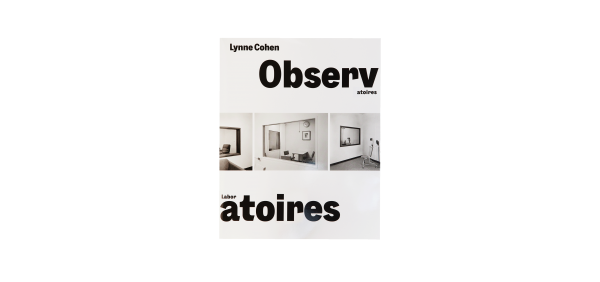
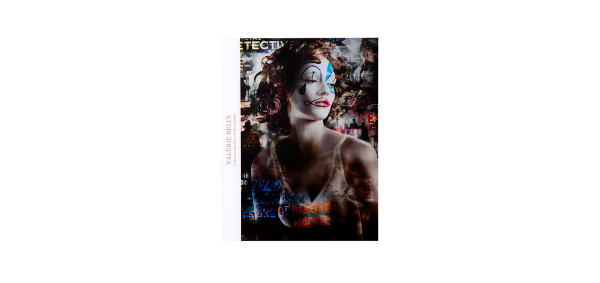
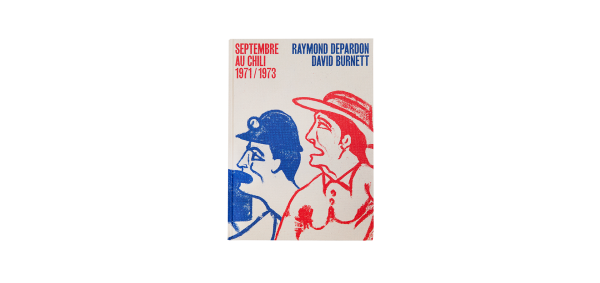
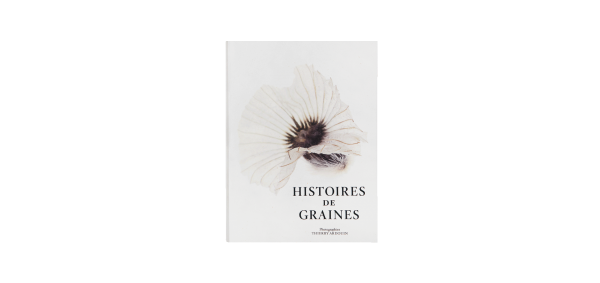
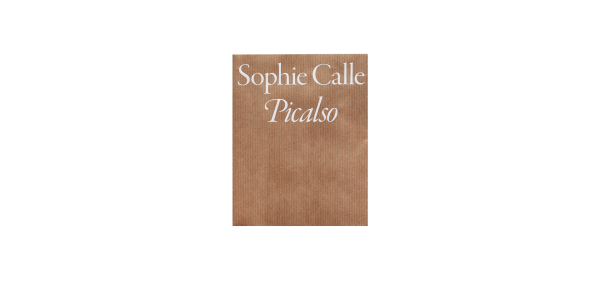
 see the whole catalog
see the whole catalog